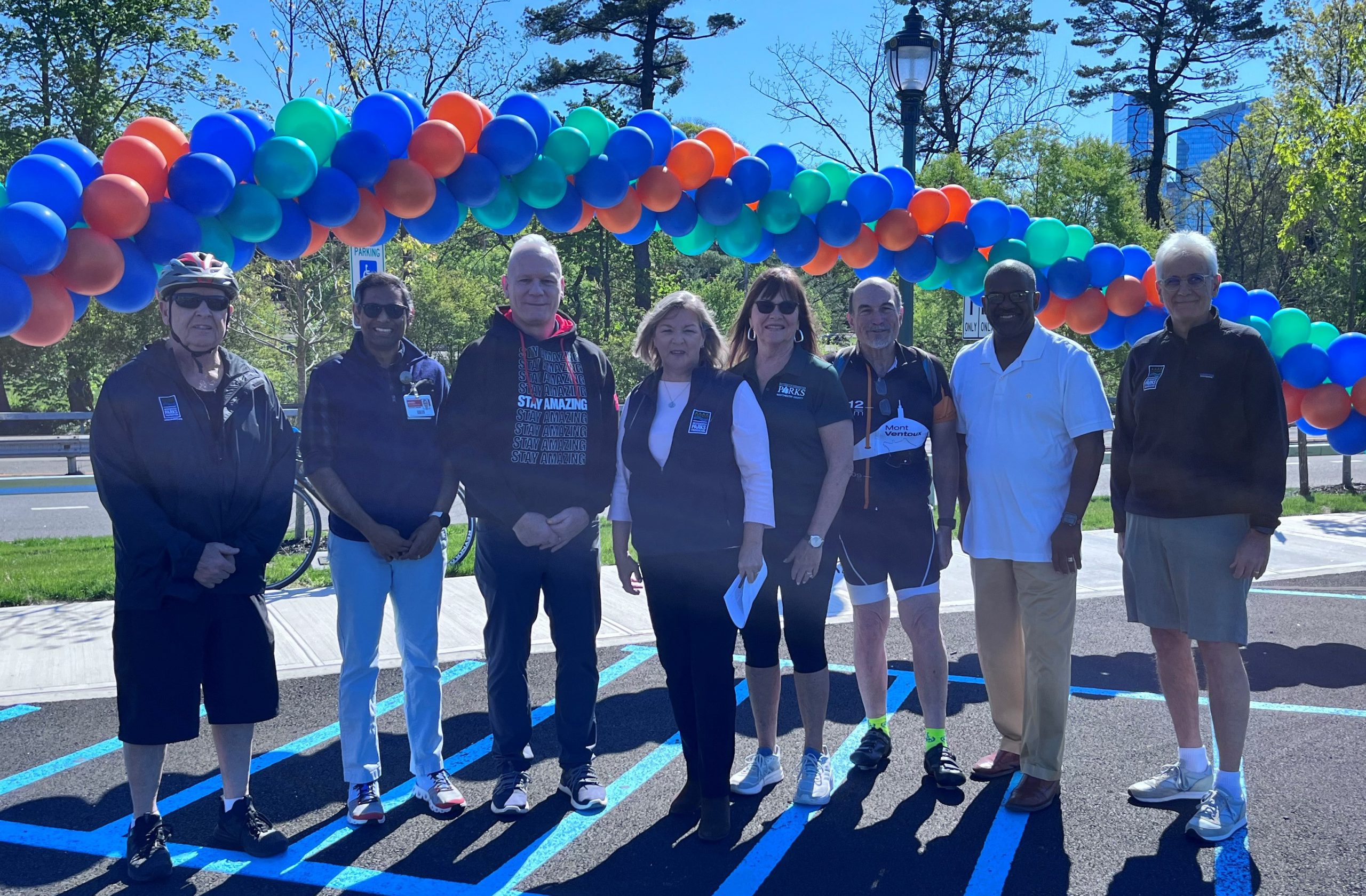Hits: 83
Outbreak Outlook – Northeast – November 6
Welcome to the Northeast edition of Outbreak Outlook! It is only available to paid subscribers. If you wish to become a paid subscriber and access region-specific information, please click the Subscribe Now button below. Thanks for reading! -Caitlin
Respiratory diseases
Influenza-like illness
Influenza-like illness is climbing in the Northeast region. Around 2.5% of visits to the doctor are for fever and cough or sore throat in the region, which is similar to the overall national rate.
However, patterns differ widely among states in the region. While the overall regional trend is drifting upward, it’s mostly New York and New Jersey affected right now. New York has the highest rate at 3.9%, up slightly from 3.8% last week. New Jersey follows at 3.6%.
- New York City has launched a new public health campaign to raise the city’s average life span to 83 years. Life expectancy fell to 78 in 2020, in part due to the pandemic. In 2019, it was 82.6. The campaign will target six drivers of premature deaths: Covid-19, chronic and diet-related diseases, drug overdoses, suicides, violence, and maternal mortality. By 2030, officials are aiming to reduce deaths from Covid-19 by 60%.
Other Northeastern states have substantially lower rates, all under 2%. New Hampshire, Maine, and Vermont have especially low rates, all holding below 1%.
At the national level, among children ages 0-4, 9% of visits to the doctor were for ILI symptoms, up from 8% two weeks ago.
In comparison, doctor visits for ILI symptoms was significantly lower in older age groups: only 4.2% in the 5 to 24 age range, and for adults above 24, the rate was even lower, at 2% or less.
Quick update about the plots below: I heard you, readers—the grey lines are getting the boot. Meanwhile, I’m crafting a nice new state-by-state visualization. Hang tight, updates are coming soon!
RSV
Last week, I reported that RSV was increasing across the Northeast, with notable increases in test positivity in several states, including Massachusetts (up to 7.2%), New Hampshire (3.6%), and Connecticut (3.1%). CDC data have not been updated since then (most recent data is from October 21). I will be watching for updates to see how viral spread is shifting in the Northeast.
This year is the first year that RSV vaccines are available for infants and older adults to lower their risk of acquiring severe illness. Shortages in the vaccine for infants have led the CDC to alter its recommendations to prioritize vaccination for those infants most at risk of serious complications of infection; the vaccine for older adults is separate and unaffected by this shortage.
Other Respiratory + Stomach Bugs
- Seasonal coronavirus activity in the Northeast remains low, but it does appear to be starting its typical seasonal increase.
- Human metapneumovirus activity appears to be low in the Northeast, coming down after a bit of a blip a couple weeks ago.
- Adenovirus and parainfluenza virus activity appears to be trending upward slightly, but the data have not been updated since October 21 and are only available at a national level.
- Norovirus (stomach bug) activity is bouncing around a little bit. Last week I noted that it had been increasingly bit by bit over the course of the previous month. This week, it’s back down again. Currently levels are not too consequential either way, but I’ll keep an eye on it.
Food recalls
New this week:
- Multiple brands of eye drops, including some additional brands (more info)
- Multiple brands of Apple Cinnamon Fruit Puree, including some additional (more info)
Previously reported:
- Fresh diced onion products by Gills Onions (more info)
- Enoki mushrooms by Qilu Enterprise (more info)
- Lobster by Greenhead Lobster (more info)
- Ready-to-eat beef and chicken meatballs from Phu Huong Food Company (more info)
- Bagged collard greens sold at Kroger (more info)
If you have food allergies, you may wish to review these FDA safety alerts and USDA alerts for foods with undeclared allergens.
In Other News
- Massachusetts has reported its sixth human case of West Nile virus this year. The patient, a man in his 70s, was likely exposed in Middlesex County, which is known to have a moderate risk of West Nile virus. As temperatures decrease throughout the autumn, the risk of West Nile and other mosquito-borne viruses will decrease, but risk will remain until all areas have experienced a hard frost (<28 degrees F). Health officials urge people to continue to take precautions against mosquito-borne illnesses in the meantime: use mosquito repellent, and wear long-sleeve shirts and pants.
- West Nile virus is asymptomatic for most people. When symptoms occur, they include fever, body aches, vomiting, diarrhea, and rash. In rare cases, severe illness can develop, with older adults being at higher risk.
